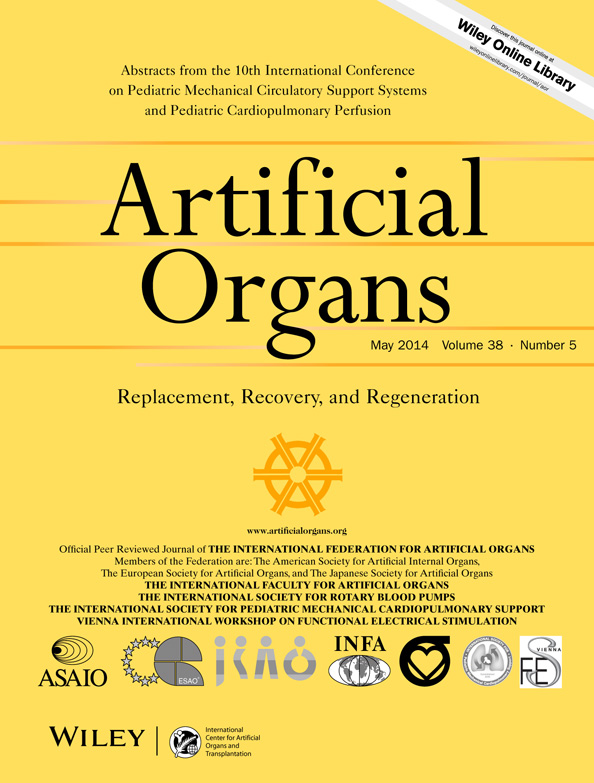Survival Results After Implantation of Intrapericardial Third-Generation Centrifugal Assist Device: An INTERMACS-Matched Comparison Analysis
Abstract
Reports on third-generation centrifugal intrapericardial pumps (HeartWare International, Inc., Framingham, MA, USA) have shown better survival results than the previous-generation devices. However, outcomes depending on the preoperative level of stability can substantially differ, resulting in a limited analysis of potentialities and drawbacks of a given device. In the present study we sought to compare in our single-center experience the survival results of this third-generation device with previous left ventricular systems taking into account the different preoperative Interagency Registry for Mechanically Assisted Circulatory Support (INTERMACS) levels. Between February 1993 and March 2012, 287 patients underwent assist device implantation in our university hospital (INTERMACS Level 1-2 = 158 patients; INTERMACS Level 3-4-5 = 129 patients). Assist devices implanted were: Group A (HVAD HeartWare, n = 52), group B (previous continuous-flow ventricular assist device [VAD], InCor [Berlin Heart, Berlin, Germany], n = 37; VentrAssist [VentraCor, Inc., Chatswood, NSW, Australia], n = 7; DeBakey [MicroMed Cardiovascular, Inc., Houston, TX, USA], n = 32), and group C (pulsatile systems, n = 159). After cumulative support duration of 54 436 days and a mean follow-up of 6.21 ± 7.46 months (range 0–45.21 months), log-rank analysis revealed a survival for group A of 82.0%, 70.4%, and 70.4%; for group B of 84.0%, 48.2%, 33.7%; and for group C of 71.6%, 46.1%, 33.8%, at 1, 12, and 24 months respectively, with a significantly (P = 0.013) better outcome for group A. When stratifying the survival on the basis of INTERMACS level, no significant survival improvement was observed among all patients who underwent VAD implantation in INTERMACS 1-2 (P = 0.47). However, among patients who underwent elective VAD implantation (INTERMACS 3-4-5), group A had a significantly better outcome (P = 0.005) compared with the other INTERMACS-matched groups (B,C) with a survival rate of 88.8% in group A versus 34.2% in group B and 45.6% in group C at 24 months, respectively. Elective HVAD system implantation shows improved survival benefit over the other INTERMACS-matched devices. Moreover, preoperative unstable hemodynamics resulted in a poor prognosis independently from the pump generation.




